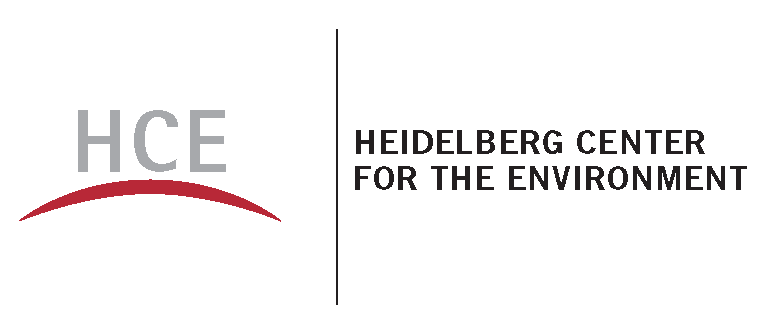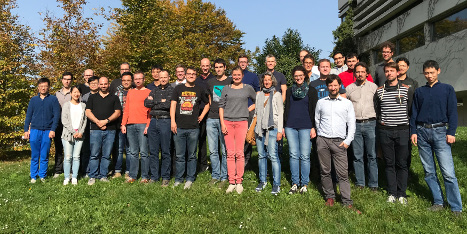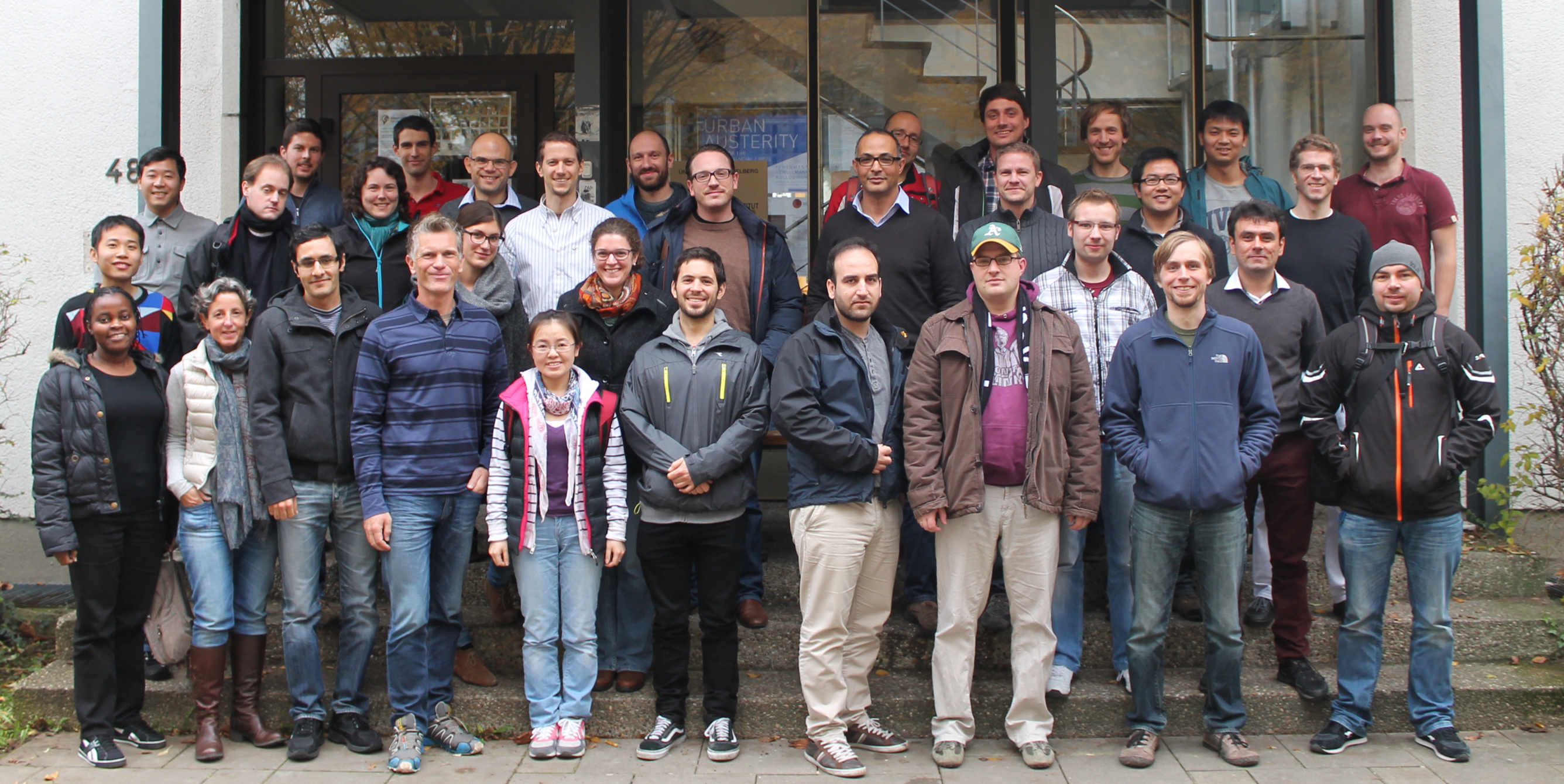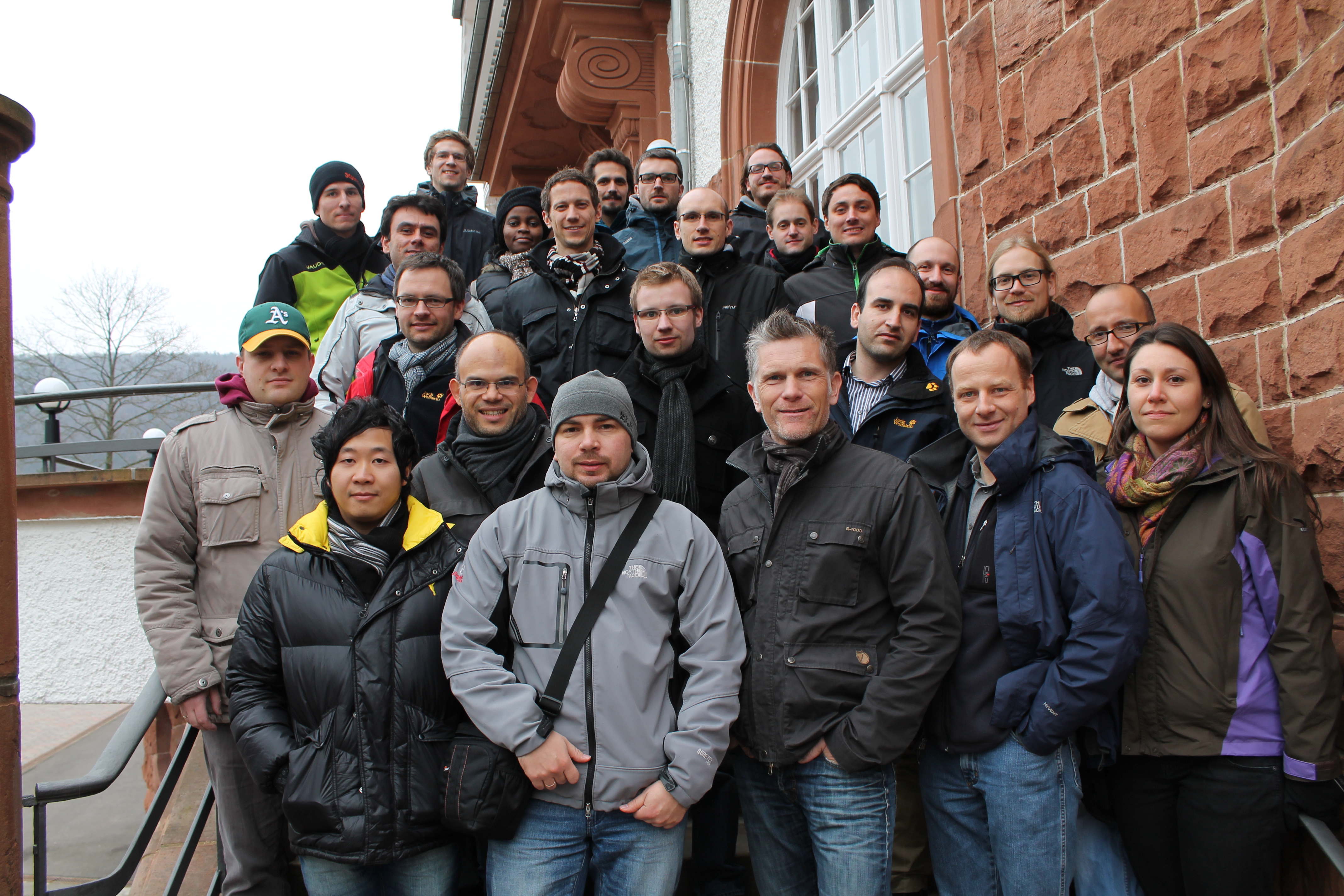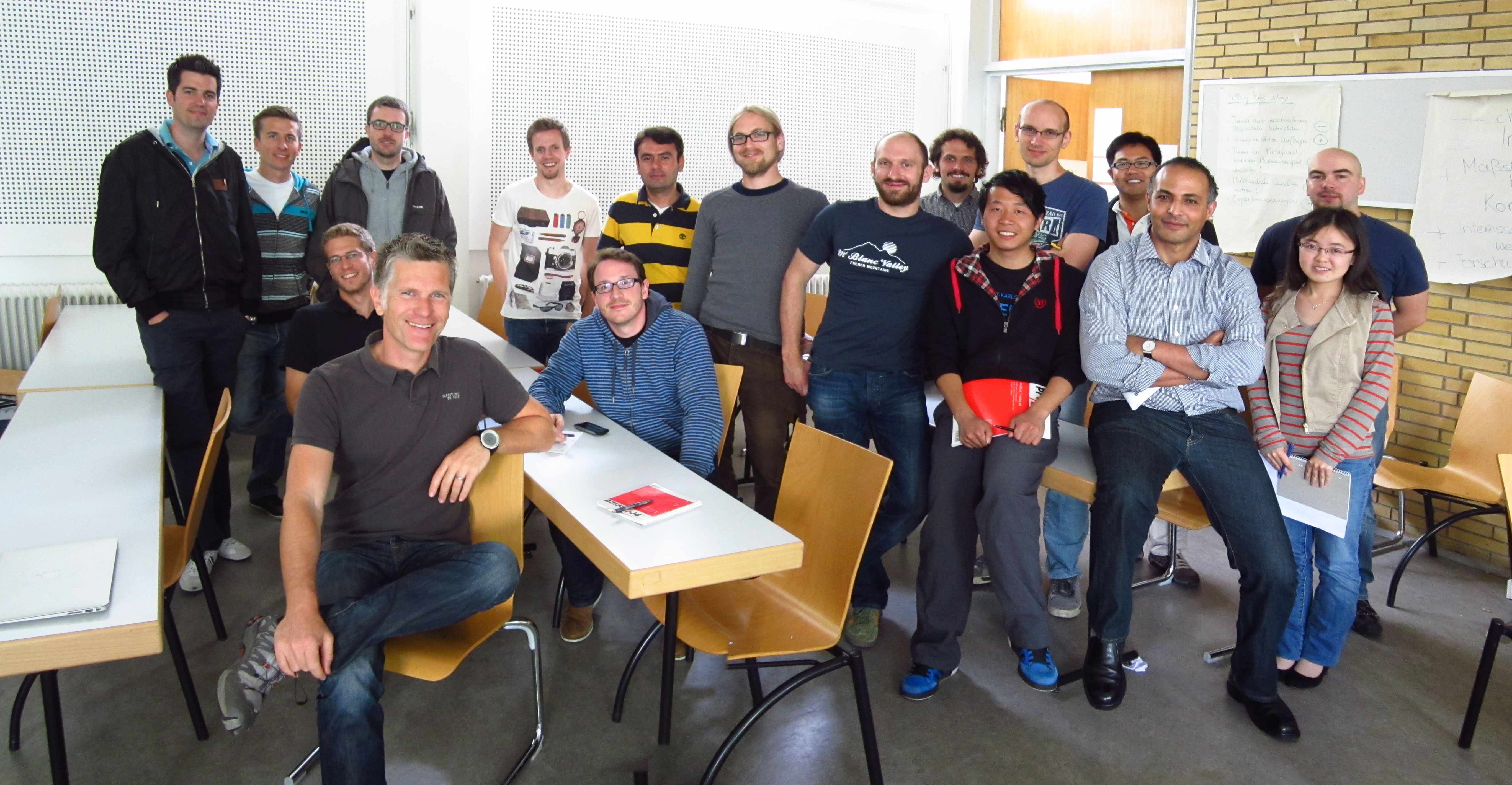GIScience / Geoinformatics Research Group

The GIScience Research Group is engaged in innovative basic and applied research at the interface between geography and the computational sciences. We thereby focus on the investigation of user-generated geographical content (VGI, Crowdsourcing, Citizen Science), for which we develop innovative methods and analytical approaches.
More specifically, our thematic focuses are on volunteered geographic information (VGI), big spatial data analytics, smart mobility and humanitarian aid, such as disaster management.
Through the Heidelberg Institute for Geoinformation Technology (HeiGIT gGmbH) at Heidelberg University, we have the opportunity to translate our research work into practical solutions.
In addition, we support our institute's study programmes in geography with numerous courses on relevant GI methods that allow our students to formally specialize in geoinformatics.
Please note our vacancies.
Latest News
News from our daily work can be found at giscienceblog.uni-heidelberg.de (also available as RSS-Feed). You can also follow us on Facebook and Twitter to stay up to date.
The paper addresses the global shortage of detailed road surface data by leveraging street-view imagery from Mapillary and advanced deep learning techniques. Traditional datasets like OpenStreetMap (OSM) often lack comprehensive road surface attributes—with only about 30–40% coverage—hindering applications such as travel time estimation, disaster response routing, urban planning, and environmental assessments. To fill this gap, […]
The full article was originally published on geoawesome. The management of Municipal Solid Waste (MSW) represents a significant challenge, particularly in regions lacking adequate waste management infrastructure. In Africa, several regions are identified as critical hotspots for waste mismanagement. In 2012, only 55% of MSW was collected across Africa, with a mere 4% being recycled, […]
We’re excited to share the release of the ohsome-planet – a new software library on GitHub, marking a significant step toward the development of ohsome 2.0. This tool is designed to facilitate the transformation of raw OpenStreetMap (OSM) history data into the GeoParquet format, making it more accessible and efficient for spatial data analysis. What […]
With the increasing availability of global disease datasets, Visual Analytics (VA) has emerged as a valuable tool in spatial epidemiology, particularly for studying serotype interactions in diseases like dengue. Dengue, caused by four serotypes (DENV1-DENV4), poses a significant global health threat exacerbated by urbanization and climate change. Traditional approaches rely on static mapping or animation […]
Scientific Reports publishes a paper by Steffen Knoblauch et al. that underscores the critical importance of integrating vector ecology and human behavior into advanced disease modeling frameworks. The increasing availability of human movement data presents significant potential for tackling global public health challenges, especially in the context of infectious diseases. This is particularly important for […]
Join our collaborative workshop at the AGILE Conference in Dresden on June 10, where researchers, practitioners, and policymakers come together to explore methods in walkability and pedestrian accessibility assessment. Workshop scope The assessment of walkability and pedestrian accessibility through GIS methods has gained momentum, offering urban planners and policymakers new ways to assess and implement […]
The concept of a “Digital Earth” has long envisioned a future where technological advancements enable the large-scale collection and visualization of spatial and environmental data. Today, open data sources such as OpenStreetMap (OSM) provide crucial spatial information for diverse applications, including urban planning, disaster management, and public health. However, many regions remain insufficiently mapped, particularly […]
The crowdmapping app MapSwipe now integrates also street-level imagery. This new feature enables even mapping efforts that require the highest level of detail, such as detecting waste on the street. The MapSwipe App MapSwipe is an open-source app that enables volunteers to map missing geodata, making global mapping efforts more coordinated and efficient. Free, reliable geodata […]
The COVID-19 pandemic highlighted the importance of understanding human behavior in cities to develop effective public health interventions. Crowd-sourced geospatial data available online can therefore serve as a valuable resource for analyzing such dynamics with Geospatial Artificial Intelligence (GeoAI). However, previous research often struggles with the complexity and heterogeneity of such data, and faces challenges […]
Geospatial technologies offer significant opportunities to address sustainability and resilience challenges by integrating Volunteered Geographic Information (VGI) and remote sensing with environmental science to tackle critical climate-related issues. With the accelerating impacts of rising global temperatures and extreme weather events, communities face increasing demands to manage vital resources, including water, energy, and land. The combined […]
The newly released Sketch Map Tool v2.1 features a higher accuracy in digitizing hand-sketched markings on Sketch Maps, thanks to a larger training dataset and an updated machine learning model for sketch detection. New user metrics show that thousands of Sketch Maps are created every month all over the world. The Sketch Map Tool The […]
Pictures of the Group
In Memoriam Peter Meusburger

On 18 December 2017, Prof. Dr. Dr. h.c. Peter Meusburger died far too soon. We mourn for a great scientist, teacher and colleague. In the mid 90s he implemented the first GIS pool at Heidelberg University and started GIS related research. He will not be forgotten. ((Message of the University)



